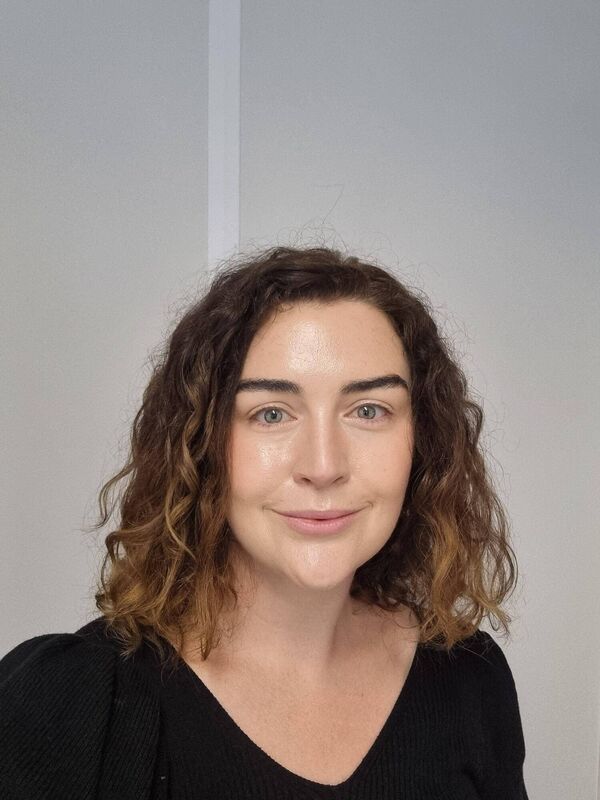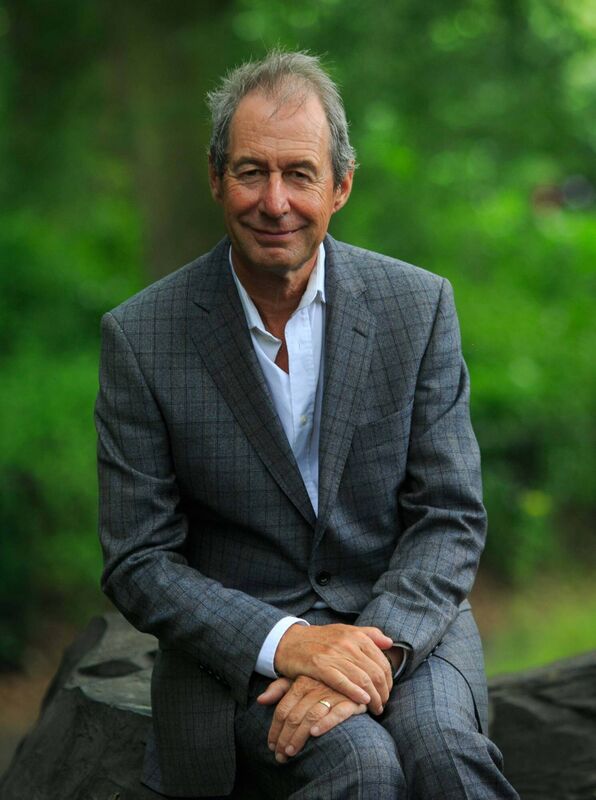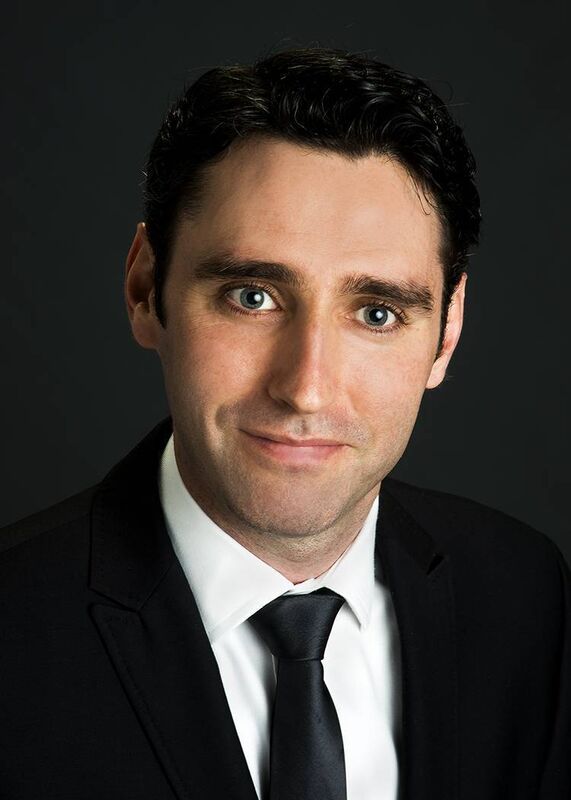Finding joy: ten therapists talk about happiness

Hand Drawing Unhappy and Happy on Blackboard
“One technique for building our happiness is detailing it.
“Earlier I walked in the door from work and called 'hiya'. Immediately I heard a squeal of delight, and then pitter-patter, pitter-patter, as two chubby hands raced across the wooden floors. Then a loud excited squawk while two flailing arms flapped up and down, until I scooped that bundle up in my arms and found myself eye-level with twinkling eyes and a beaming smile.
“I could recall this moment as simply feeling happy when I came home. Instead, by precisely detailing it, I recapture the experience of that happiness as I mindfully re-live the encounter moment-by-moment with all my senses. By putting the spotlight on these happy experiences, using this level of detail, we can actually re-activate that same neurochemical response to happiness over and over again.”

“Happiness means moving towards and accepting our fragilities. We can all do this when we cultivate the skills and qualities of compassion. Compassion is the strength and commitment to move towards our pain and to help relieve discomforts in our lives. Compassion is having an inner ally who’s always on our side no matter what life brings.
“Imagine the kindness and understanding you offer your friend – and then offering that inwardly to yourself. Yes, you might feel resistance to being kind to yourself at first. It might feel uncomfortable to accept that things you find hardest in life weren’t your fault. But when you let compassion seep in, it feels like real delight in all the parts of you.
“And with this inner ally, you can resolve what you need to internally, so that you can create relationships with yourself and others that feel good – and let you know you, and your fragilities, belong.”

“The first step towards happiness is feeling safe – stepping out of your threat system (fight or flight) and into that place within yourself where you’re feeling good and functioning well.
“The emotional components of day-to-day happiness include contentment, joy, and pleasure. These can be accessed by throwing ourselves wholeheartedly into activities – different for each person – that lead to a sense of happiness. The elements of play, openness, curiosity and being in the moment strike me as important components of happiness. Important too is living in line with [your] values.
“Happiness is both momentary and profound. Today in Dublin it is 26 degrees, the hottest day of the summer so far. Outside I can hear shrieks of joy as my toddlers run through the sprinkler. I think I’ll join them.”
“I come across many clients more preoccupied with the role of unhappiness in their lives than the notion of really knowing what happiness looks like.
“Before we can be truly happy, many of us are non-consciously driven to settle for the familiarity that unhappiness tempts us to settle for. The first step is connecting with our vulnerable child part, which embodies a hugely significant part of our individual self. Who’s giving the little guy or girl in you the message that you don’t deserve this? How did they do it?
“It’s only when we give ourselves permission to connect and receive the frequently-ignored bodily-felt sense of our vulnerable child self, that healing can really begin and happiness be seen as possible. It’s only when we’ve integrated these child modes in all of us, with a silencing of our parent-mode condemning us to a lifetime of acceptance of unhappiness, that TRUE happiness can begin to occupy a place in our lives.”
“What does it take to be truly happy? Having your needs met. For those whose basic needs aren’t met, it may mean getting food, shelter, safety. Meeting fundamental needs allows space to explore, grow, to enjoy the world and relationships.
“For others, happiness may be found in belonging, connection, friendships or love. Others may reach to find it in recognition, esteem and feeling their presence in the wider world – or in exploring or feeling freedom.
“I asked those closest to me what made them happy. My eight-year-old, a thinker, replied: 'Looking at cats, going places with my family and good weather'. My talkative five-year-old said: 'going to different countries (anywhere over 20 minutes in the car is one of these), having pizza, lemonade, having a brother and having a pet.' Expert advice it would seem!”

‘I struggle with the word ‘happiness’. It suggests all of us should strive to achieve such a state, which is at best transient and often illusory. I prefer terms such as peace, joy, contentment. These can be achieved with simple, insights.
“The first step is to develop true, unconditional self-acceptance, learning to see oneself as the special, unique human being you are, but also accepting full responsibility for your actions. The second is to find joy in the simple but free pleasures of life – relationships, friendship, time with family and loved ones.
“The third is to seek out Mother Nature at every opportunity, to bask in her glory and wisdom, to absorb the messages she’s trying to tell us. Finally, to be warm, empathetic and kind to others whenever possible. These are the real secrets to attaining joy, happiness and lasting peace.”

“Modern life sells the idea that continuous happiness is what we should all strive for. I argue that excessive pursuit of happiness can risk creating more harm than good.
“Humans are naturally born with an innate negative bias. We’re hardwired to register negative information more easily: ‘The News’ is rarely positive, and an eternally positive person is usually quite irritating. This built-in bias of ours isn’t readily compatible with continuous states of happiness.
“Understanding this, meaningfully, can actually help us, like our Buddhist friends who embrace life’s un-satisfactoriness, what they call ‘Duhka’. Sigmund Freud, the ‘father of psychology’, described the objective of psychotherapy as being the transformation of misery into everyday unhappiness.
“Life is full of pain, suffering and beauty. Let’s reframe ‘happiness’ as fulfilment and contentment.”
“According to physician and neuroscientist Alan Watkins, there are 34,000 emotions. People tend to notice a dozen of these: afraid, disgusted, angry, joyful, intrigued, proud, trusting, loving, peaceful, ashamed, sad, surprised. When did you last notice feeling ecstatic, excited, grateful or enthusiastic?
“Watkins suggests the more we practice feeling the feeling in our bodies, where you notice the feeling, and have an emotional literacy for these body sensations, the easier it’ll be to call up that emotion when we need it.
“Next time you listen to a piece of music you like, smell a beautiful flower, see the sea, feel warm sand under your feet or taste something delicious, pay attention to what you notice in your body, how that pleasant sensation feels. So you begin to notice what those positive emotions feel like in your face, arms, stomach. Naming these in the moment will help you call on that emotion at times you want it.”
“When I worked as a young nurse in a developing country, I saw people happy when there was frequent sunshine – even more when there was rain for the crops. I experienced the ability to live each day at a time, now known as mindfulness. People didn't seem to worry about the future. They were able to be fully present in the here-and-now, to whatever was happening, planned or otherwise.
“A friend and colleague says: ‘Happiness is like a butterfly – the more you chase it, the more it’ll elude you. But if you turn your attention to other things, it will come and sit softly on your shoulder.’
“I love this. It's about looking at things in our lives that will bring about a sense of happiness, rather than searching for what might make us ‘truly happy’.”
“According to WHO, happiness is 50% genetic, 10% circumstances and 40% internal psychological state. So we can control 40% of our own happiness.
“Some of my tips for happiness include: challenging yourself to try new things, surrounding yourself with positive people, keeping a gratitude journal, challenging negative internal chatter and embracing nature. Also: take exercise, maintain good sleep hygiene, eat nutritious food, smile, meditate.
“Remember: feelings come and go. No feeling lasts forever. And focus on self-care. Set up a self-care toolkit, with maybe your favourite book, CD, soft blanket, scented candle. “
- Dr Damien Lowry is a chartered member of the Psychological Society of Ireland (PSI), while Dr Claire Crowe and Dr Jillian Doyle are also both members of the PSI
- Clive Rooney, Bethan O’Riordan, Margaret O’Reilly-Carroll and Majella Kennedy are all members of the Irish Association for Counselling & Psychotherapy (IACP)

Celebrating 25 years of health and wellbeing








